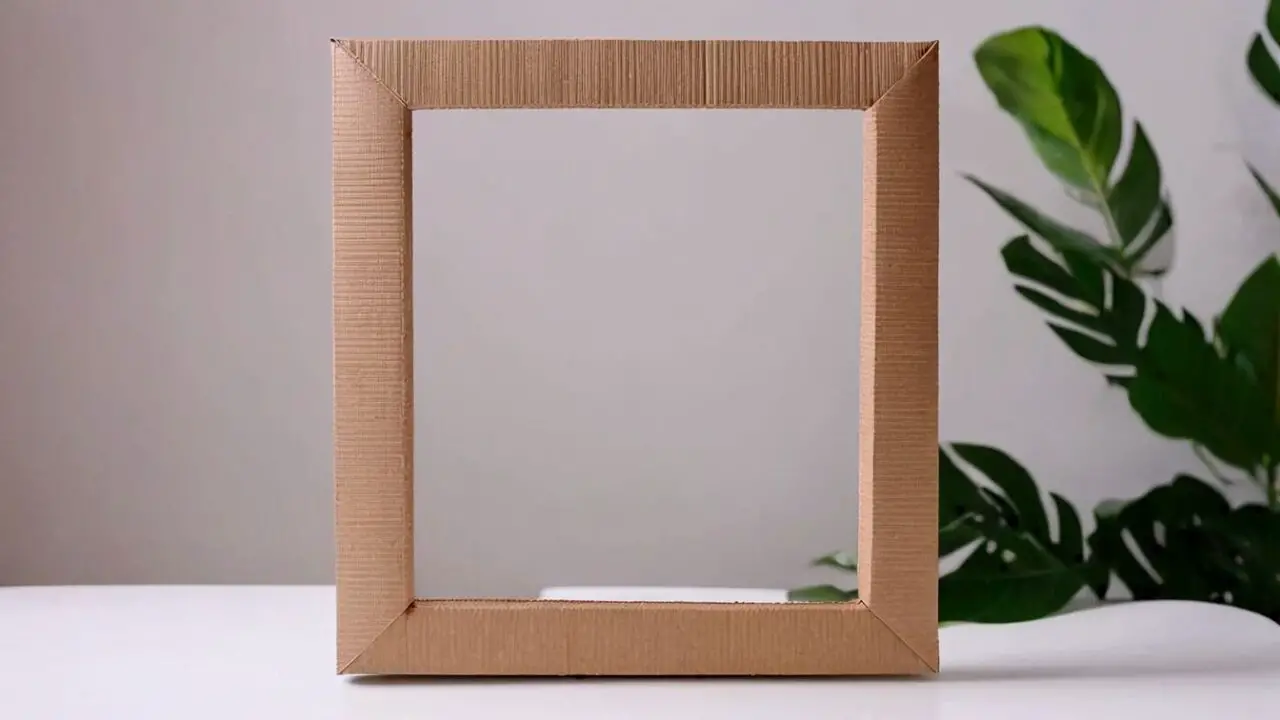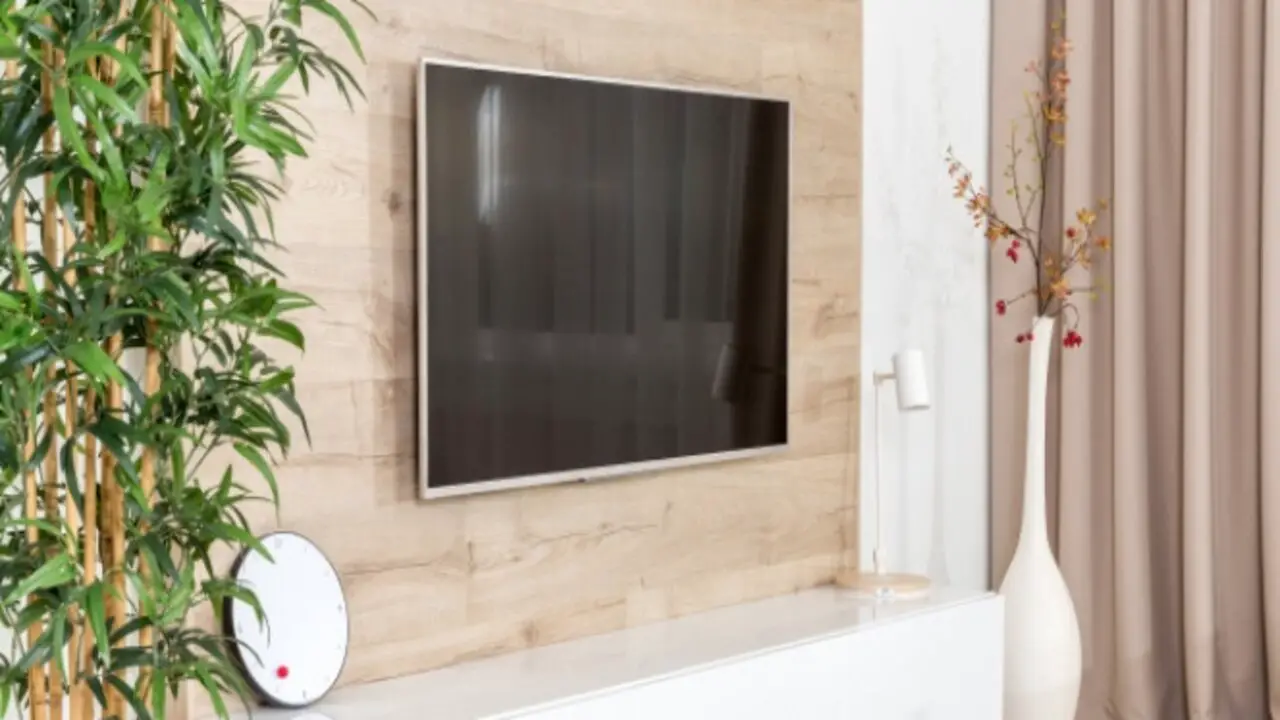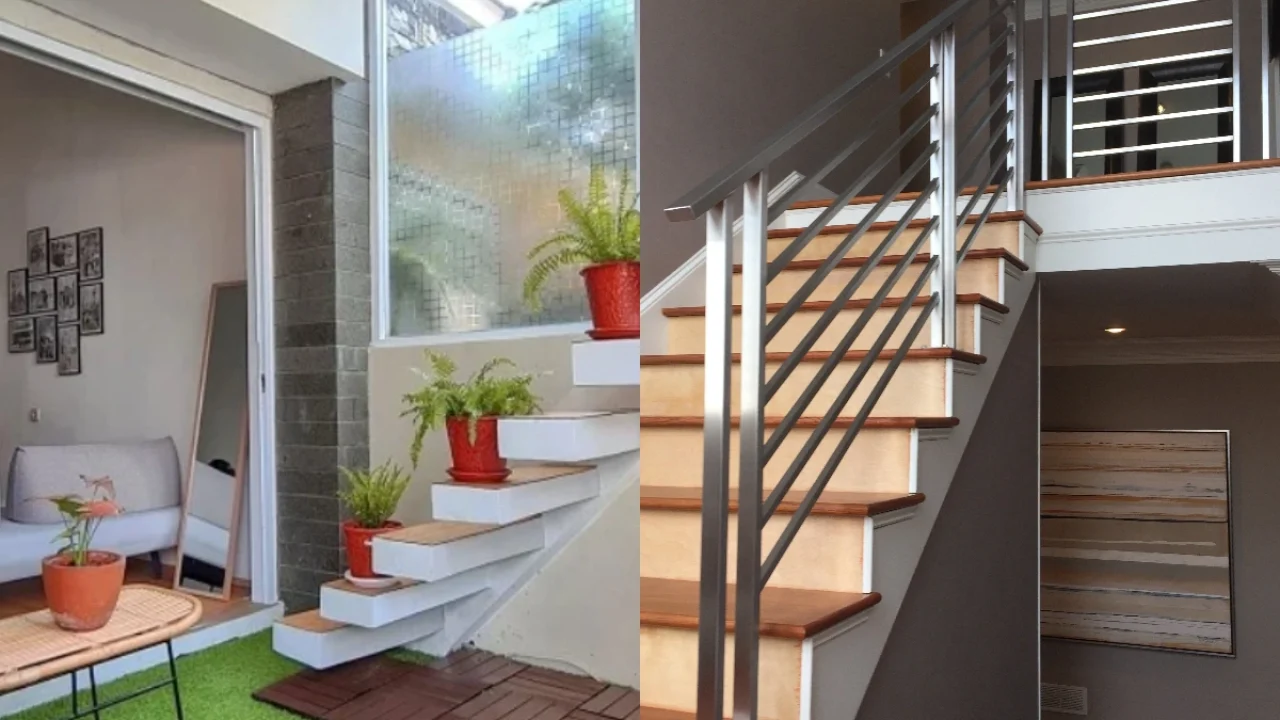 |
| how to build an l shaped desk |
In today’s fast-paced world, having a comfortable and functional workspace is essential for productivity and focus. An L-shaped desk is a popular choice for many individuals, as it offers ample space for multitasking and organizing work materials. If you’re ready to embark on a DIY project and create your own L-shaped desk, this comprehensive guide will walk you through the process step by step.
Planning and Preparation
Before you start gathering materials and tools, it’s crucial to plan your desk’s dimensions and design. Consider the available space in your room and how the desk will fit into the overall layout. Measure the area where you intend to place the desk, ensuring you have sufficient room for movement.
Next, decide on the desk’s size and height. Take into account your specific needs and preferences, such as the need for drawers, shelves, or a keyboard tray. Sketch a rough design on paper, noting the overall dimensions and features you want to incorporate.
Materials and Tools You’ll Need
To begin your DIY project, gather the following materials and tools:
Materials:
- Plywood or medium-density fiberboard (MDF) for the desk surface.
- Lumber or pre-made desk legs.
- Wood screws.
- Wood glue.
- Sandpaper (various grits).
- Stain or paint.
- Varnish or clear coat.
Tools:
- Measuring tape.
- Circular saw or jigsaw.
- Drill.
- Screwdriver.
- Clamps.
- Sanding block or orbital sander.
- Paintbrush or foam roller.
- Safety goggles and a dust mask.
Step-by-step guide for how to build an l shaped desk
1. Cutting the Desk Surface
- Begin by marking and cutting the plywood or MDF according to your desired dimensions. Use a circular saw or jigsaw for straight and precise cuts.
2. Constructing the Desk Base
- Measure and cut the lumber or pre-made desk legs to the desired length for each section of the L-shaped desk. Ensure that they are all of equal height.
- Apply wood glue to the ends of the lumber or legs and attach them securely to the underside of the desk surface using wood screws. Use clamps to hold the pieces in place while the glue dries.
3. Reinforcing the Structure
- To strengthen the desk’s stability, add additional support braces. Measure and cut pieces of lumber to fit between the legs or along the backside of the desk. Attach these pieces with wood screws and wood glue.
4. Sanding and Smoothing
- After constructing the desk, sand all surfaces with progressively finer grit sandpaper. Start with a rougher grit to remove any rough edges or splinters, then gradually work your way up to a finer grit for a smooth finish. Pay special attention to corners and edges to achieve a seamless appearance.
5. Applying the Finish
- Once the sanding is complete, wipe away any dust and debris from the desk’s surface. Apply the stain or paint of your choice using a paintbrush or foam roller, following the manufacturer’s instructions. Allow the finish to dry completely before proceeding.
6. Protecting the Surface
- To preserve the desk’s appearance and protect it from daily wear and tear, apply a coat of varnish or clear coat. This step will also give your desk a polished and professional look. Allow the protective coating to dry thoroughly before using the desk.
Conclusion
Building an L-shaped desk for your workspace can be a fulfilling and rewarding DIY project. By following this comprehensive guide, you can create a customized desk that suits your needs and preferences perfectly. Remember to plan your design carefully, gather the necessary materials and tools, and proceed with caution during each step of the construction process. With patience and attention to detail, you’ll have a functional and aesthetically pleasing desk that enhances your productivity and organization in no time.
Check out other designs directly from your cellphone via WhatsApp Channel: https://whatsapp.com/channel/0029VaASACYFXUuYULZWe939.
















